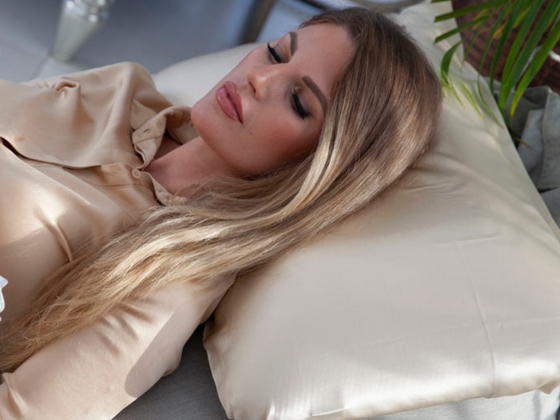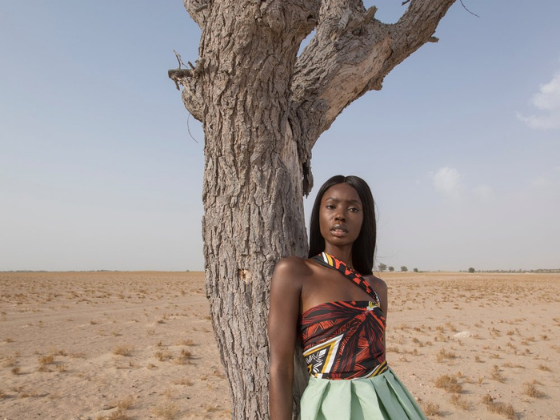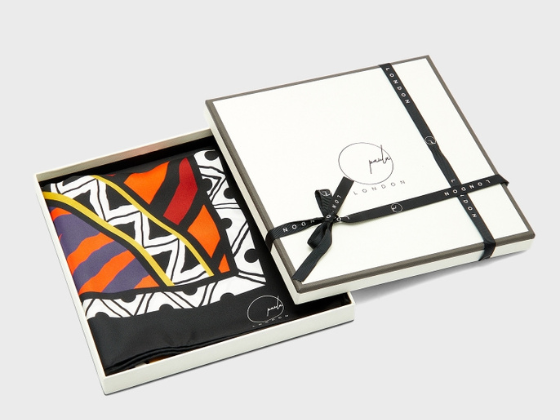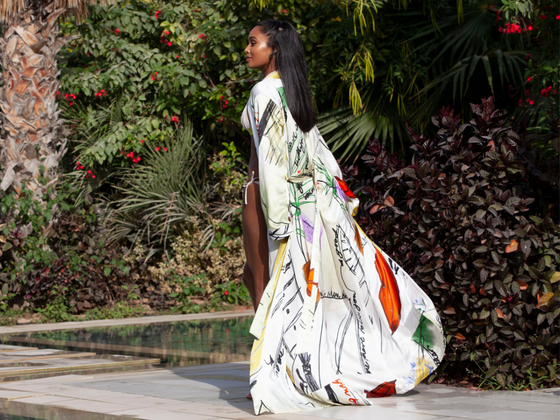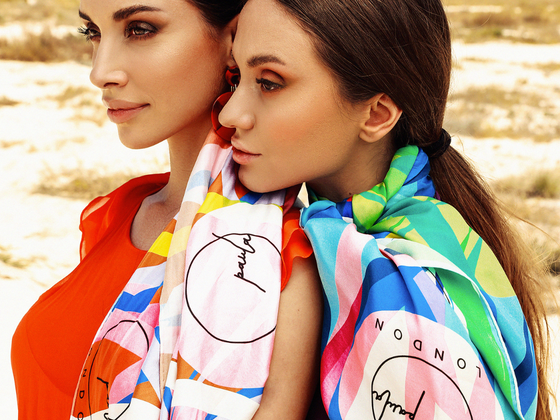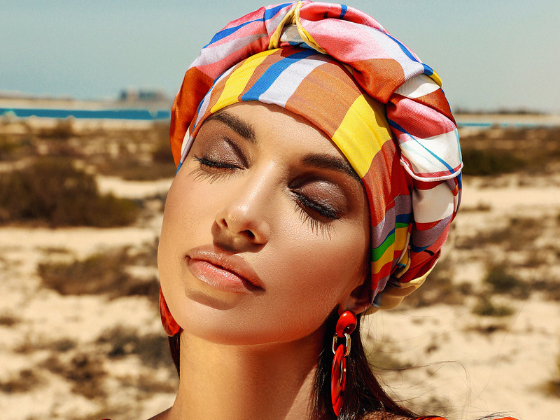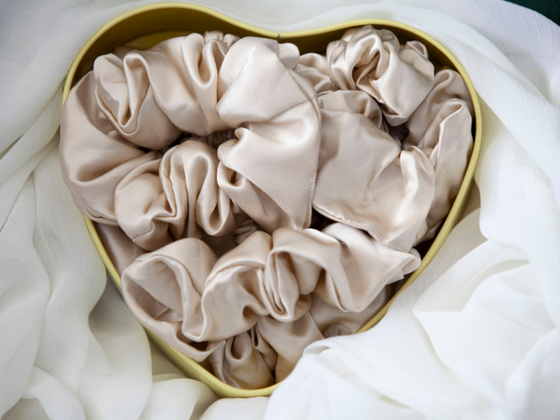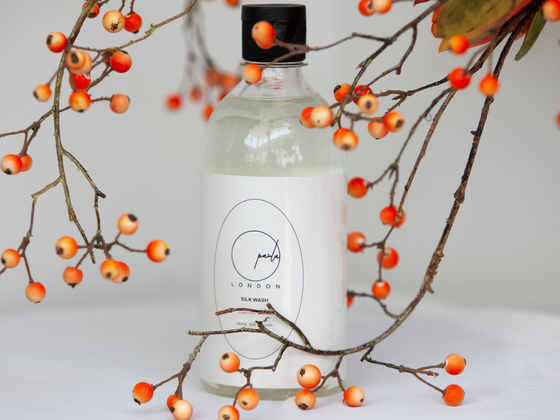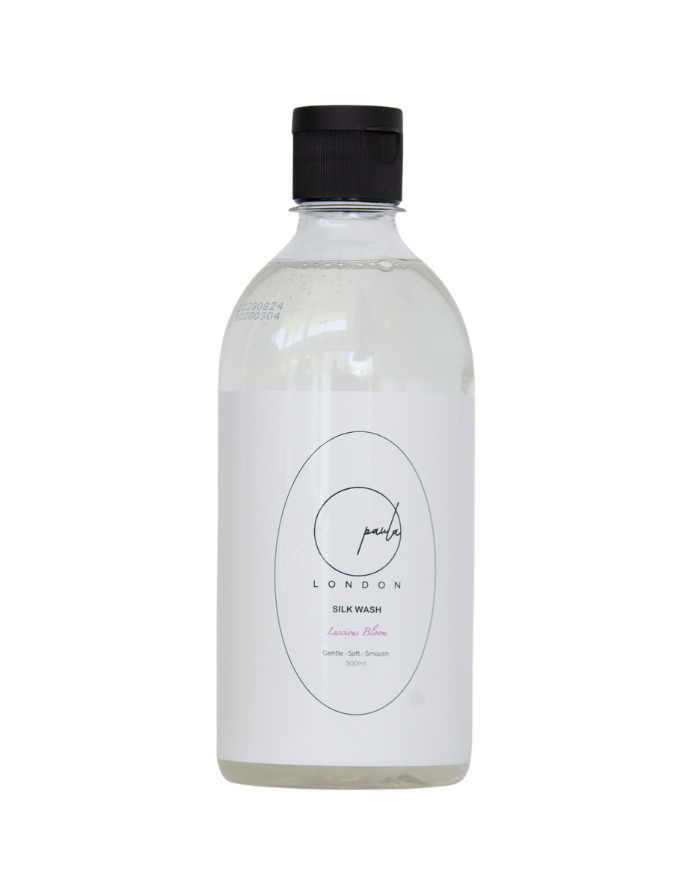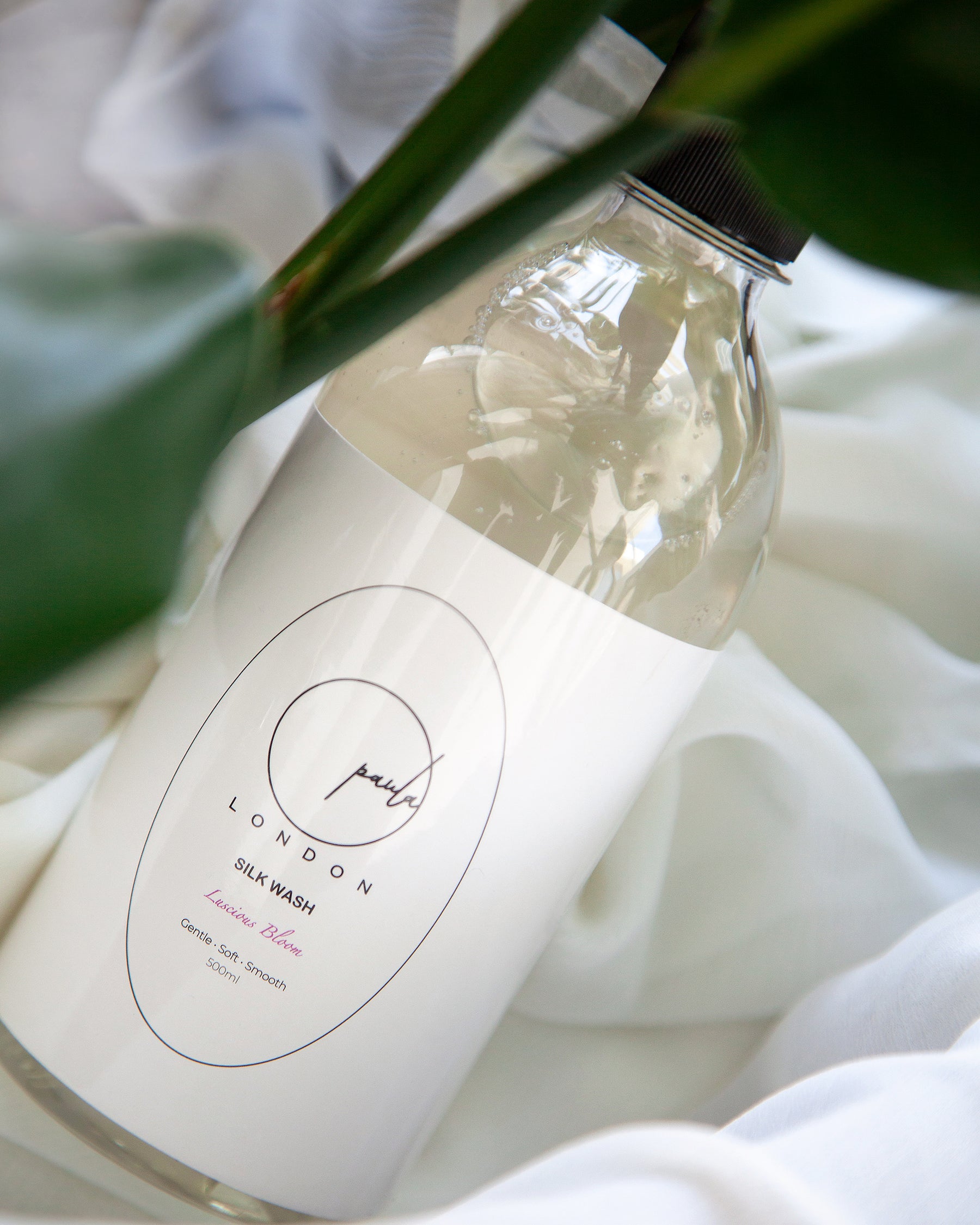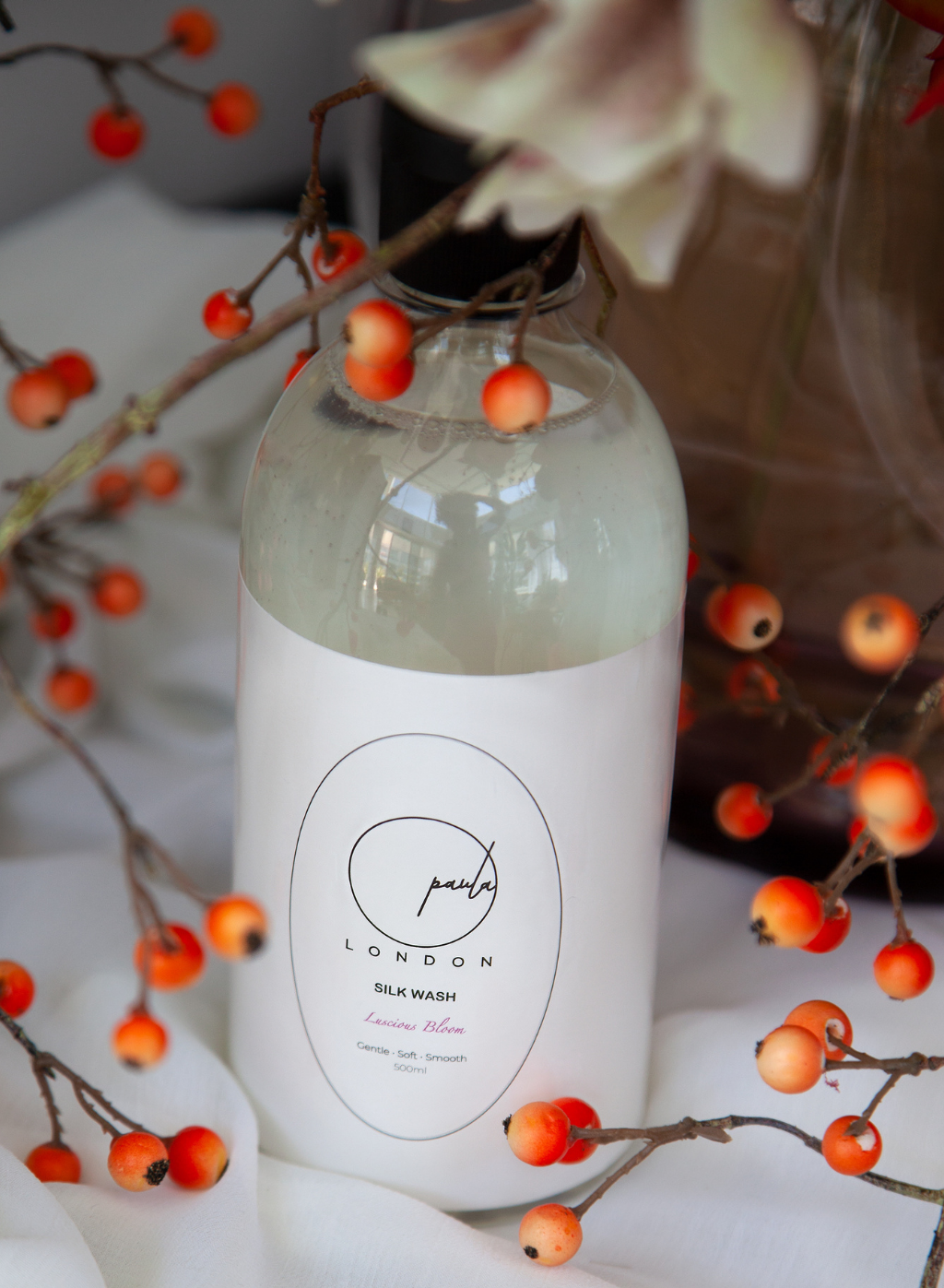Don’t you just love the feel of silk on your skin?
Silk is possibly the most luxurious fabric ever created. It dates back thousands of years and is probably regarded as one of the most expensive and lustrous fabric known to man. It is made of a tough elastic produced by silkworms and used to make fabric. Silk is smooth and cool to the touch and gives wearers a soft satiny feel and a glowing sheen.
Where does silk come from?
Silk is a natural fibre made by the silk worm. They are usually very strong and used to make cloth. In the past, silk was used to make parachutes among other items.
The origins of silk are traced back to 27th Century BC in China. The production of silk and its weaving are ancient and clouded in Chinese legend. The legends give the title of Goddess of Silk to Lady Hsi-Ling-Shih. She was the wife of the Yellow Emperor who ruled China in 3000 BC. Lady Hsi-Ling-Shih is said to have introduced silkworm rearing and the invention of the loom.
Over the years, archeologists have found evidence that shows that the origins of sericulture would be even earlier dating items found between 2300 BC and 2600 BC.
Silk production would remain a well-guarded secret in China until the Silk Road.
How is silk produced?
Through the years, the process of silk production has remained the same despite advances in technology and manufacturing.
The production of silk continues to be a labour intensive and hard process.

Silk production involves various processes; care of the silk worm from the egg state to the completion of the cocoon, production of mulberry trees and the harvesting of the silk from the cocoon.
Extracting silk starts from cultivating the silk worms on the leaves of mulberry trees which is their primary source of food. Once the worms complete their cocoons, they are dissolved in boiling water in order to extract the long fibres.


The silk worms are killed by this high heat as the pupae emerging from the cocoon would break the fibres. These fibres are then fed into the spinning reel. Raw silk is then spun into silk threads or woven into fabric. The raw silk is then boiled in soap and water to remove the sericin. This process leaves it soft and lustrous. The silk can also be dyed and printed on.
For the silk to be ready for garment making or purchase, the silk must be finished. Silk finishing can be done by adding chemical treatments, weighting or wetting. These processes can add different valuable properties to the fabric or threads including non-creasing, or making it fire resistant.
Paula London is a creator and online supplier of unique scarves made from real silk. Whether you want to add a piece to your wardrobe, gift to your friends or change your style completely, we have just the scarves for you! Shop our ongoing holiday sale now.

